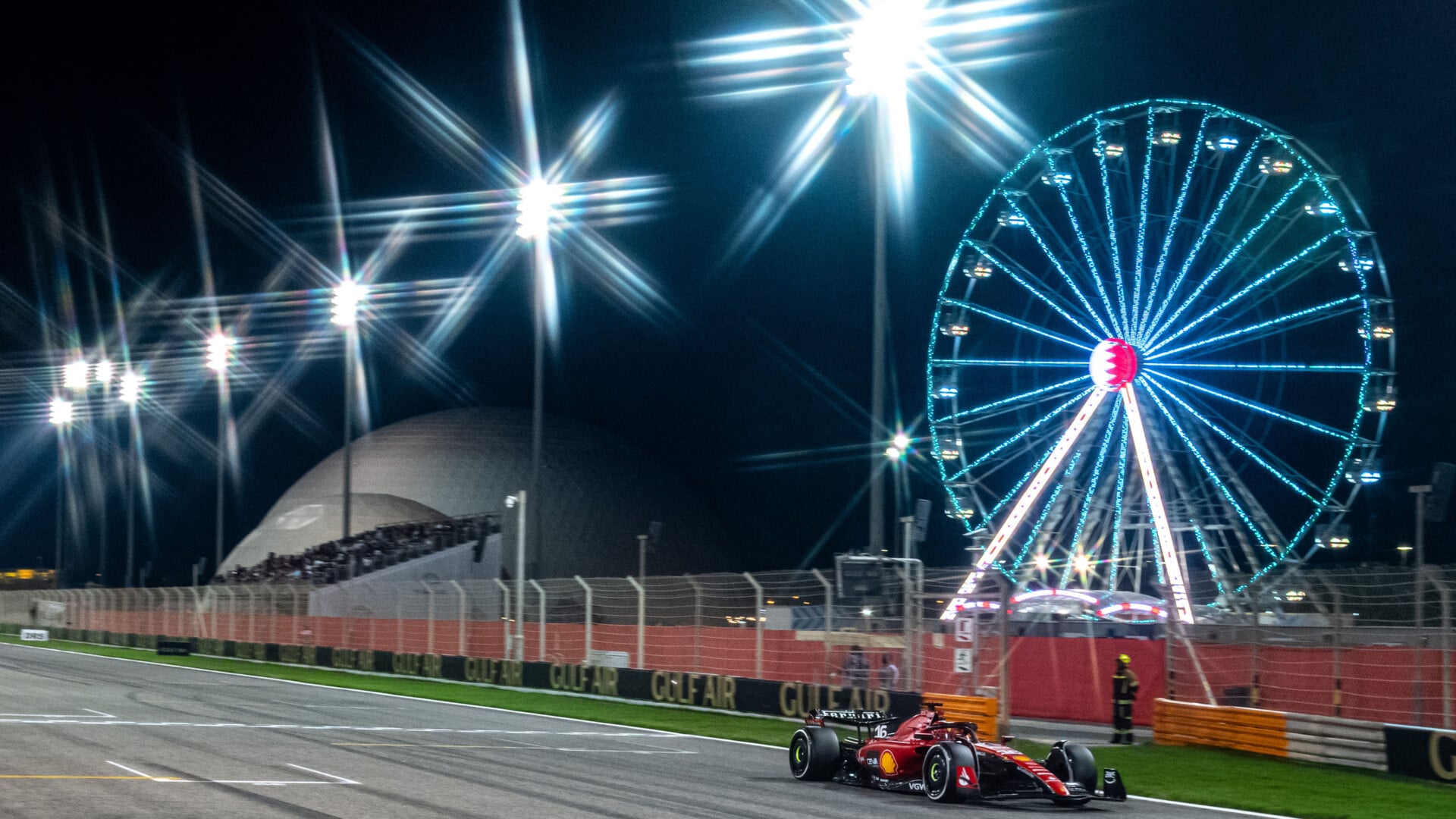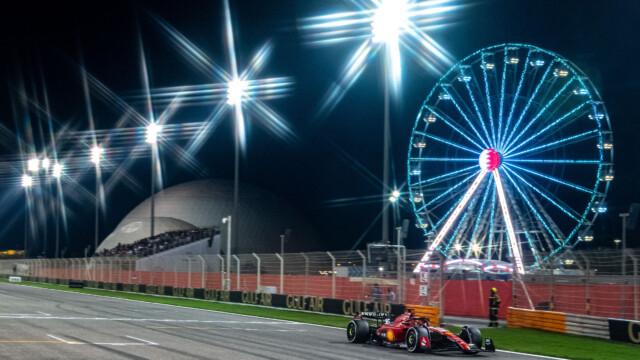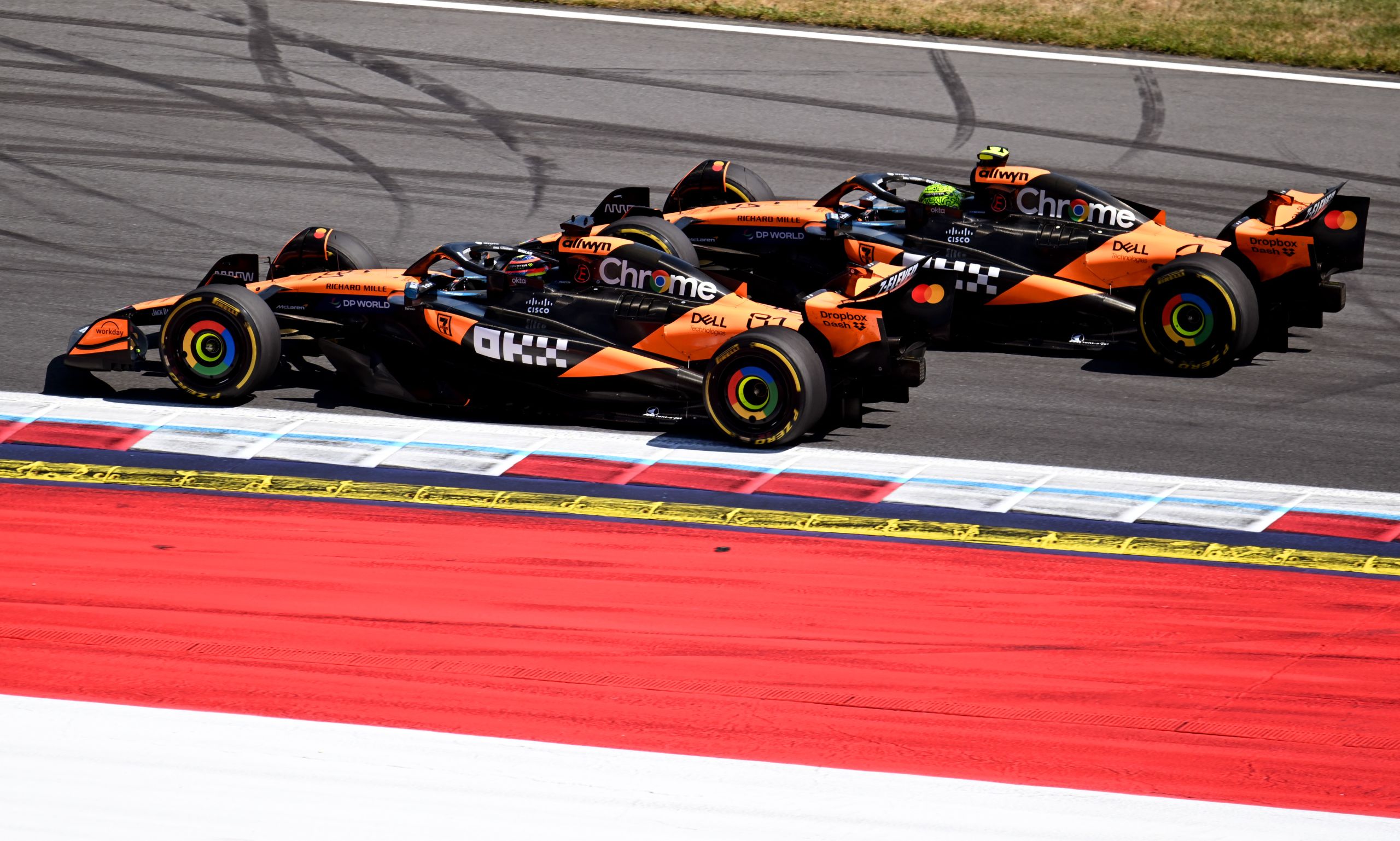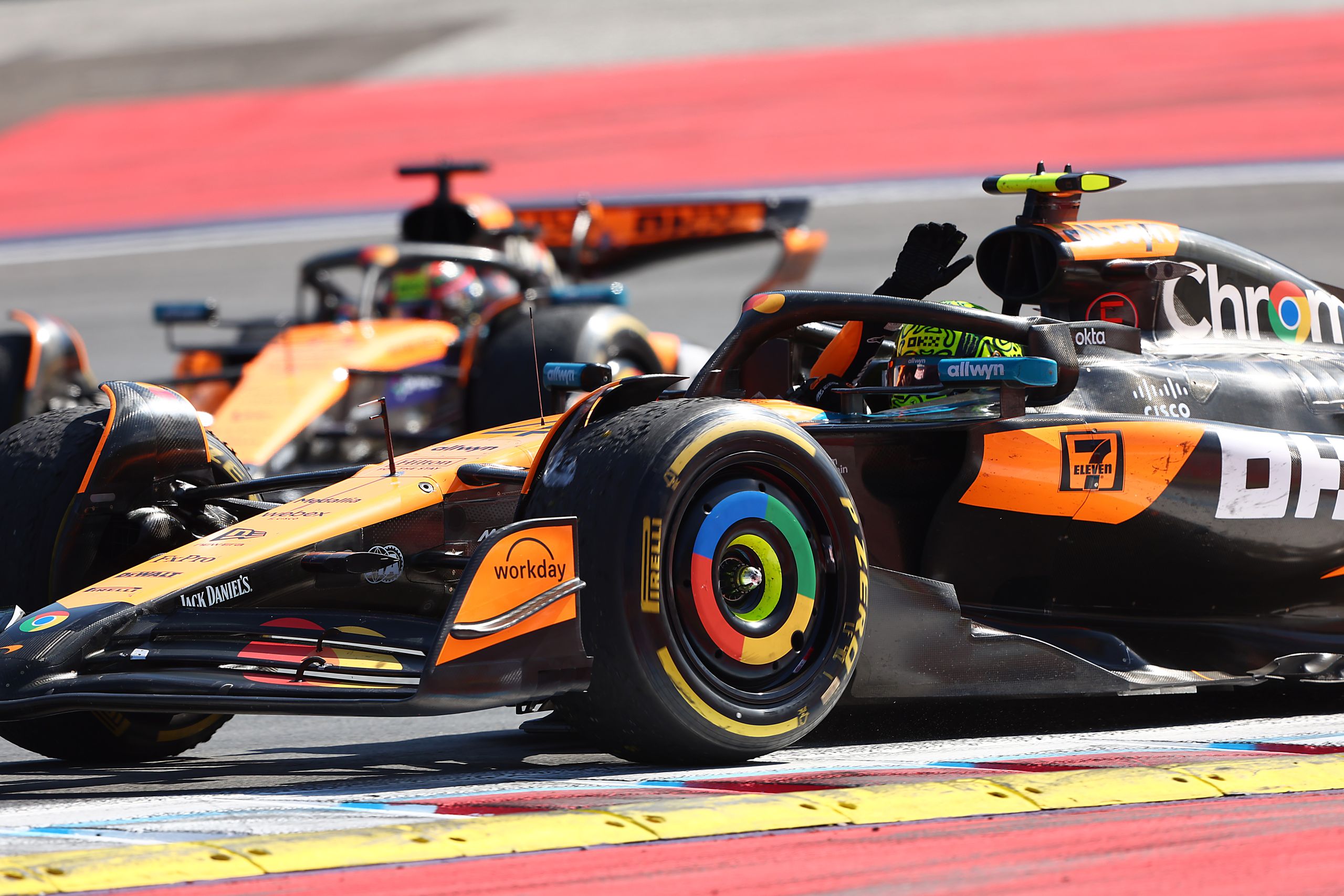Is Bahrain a Good F1 Track? Analyzing Circuit Characteristics and Racing Quality


The Bahrain International Circuit has been a staple on the Formula 1 calendar since its inauguration in 2004, marking the first time the Grand Prix took place in the Middle East. Located in Sakhir, the circuit’s layout presents drivers with a series of challenges that test their skills and the capabilities of their vehicles while providing the excitement that F1 enthusiasts crave. The Bahrain Grand Prix has become a significant event in the F1 season, drawing attention to the driving conditions unique to the desert environment such as variable winds and sand on the track, which can affect grip and car performance.
Over the years, the performance of teams and drivers at the Bahrain Grand Prix has offered a glimpse into who might lead the standings as the season progresses. Its combination of long straights and technically demanding corners—such as the notorious Turn 10—puts emphasis on car setup and driver ability. The track’s surface evolves throughout the weekend, with grip levels improving as more rubber is laid down. This variability demands adaptability and strategic prowess from the teams.
Assessing whether Bahrain is a favorable track in F1 involves considering its spectator appeal, overtaking opportunities, and the challenges it imposes on both machine and driver. The circuit is known for its overtaking-friendly layout, particularly with the use of the Drag Reduction System on the straights. The presence of varying-speed corners, from the slow-speed complex after the start-finish line to the high-speed sweepers later in the lap, offers an assessment of a car’s overall performance package. The characteristics of the Bahrain International Circuit make it a comprehensive venue to evaluate the competitive nature of the sport early in the season.
History and Significance of Bahrain in F1
The Bahrain Grand Prix holds a distinct position in F1 history, marking the sport’s first venture into the Middle East and demonstrating significant growth in its global presence.
Inauguration by Michael Schumacher
In 2004, the Bahrain International Circuit was officially introduced to the Formula 1 calendar, celebrating its inaugural race with Michael Schumacher, a legend of the sport, taking the victory. The circuit, designed by Hermann Tilke, presented a challenging blend of long straights and tight corners, tailored to test the mettle of the world’s top drivers. Schumacher’s win at this Grand Prix underscored his dominance in an era that many remember for his impressive skill and technical prowess.
Middle East’s Premier Grand Prix
Since its debut on April 4, 2004, the Bahrain Grand Prix has etched itself as the premier racing event in the Middle East. It represents the region’s deepening ties with international motorsport and has played a significant role in expanding F1’s audience across new territories. The event at the Bahrain International Circuit has not only contributed to the local economy through increased tourism but has also solidified Bahrain’s reputation within the global sporting arena.
Track Analysis and Key Features
The Bahrain International Circuit presents a unique set of challenges with its combination of high-speed straights and technical turns, testing both the aerodynamics and energy recovery systems of a Formula 1 car.
The Unique Challenges of Sakhir’s Layout
The Bahrain International Circuit, featuring 15 turns, offers a blend of fast straights and demanding corners. Turn 1 is known for its heavy braking zone, leading into a sequence that tests the drivers’ skill and precision. Turn 10, a tricky left-hander, often acts as a spot where traction is tested, making it a critical part of the circuit where time can be lost or gained. Meanwhile, Turn 11, leading into the high-speed turns 12 and 13, poses a challenge for the drivers to maintain control while navigating at high speeds.
Technical Aspects of the Circuit
The technical makeup of the circuit is characterized by two long straights interrupted by complex braking zones and a selection of medium to low-speed corners. The Bahrain track is harsh on brakes and tires, demanding a balanced setup to manage the loads. Energy Recovery Systems (ERS) are tested thoroughly as they provide necessary boosts on the circuit’s numerous straights after harvesting energy through the slower sections.
DRS Zones and Overtaking Opportunities
Overtaking is made feasible with DRS (Drag Reduction System) zones strategically placed on the track. The main DRS zones are located on the start/finish straight and between turns 10 and 11, providing drivers with a chance to close in on competitors. Turn 1 and Turn 4 are known overtaking hotspots, where the use of DRS can enable breathtaking maneuvers, while the run down to Turn 11 is another promising area for drivers to attempt overtaking before the braking into Turn 12.
Impact on Race Strategy
The Bahrain International Circuit requires targeted strategies regarding car setup and tire management due to its unique conditions. These strategies are tailored to maximize performance while navigating the track’s challenges.
Car Setup and Performance
The Bahrain track is known for its heavy braking zones which necessitate a car setup that prioritizes stability under deceleration. Teams often adjust brake bias and suspension settings to ensure the car remains balanced when drivers apply the brakes hard before corners. This is critical to maintain speed through the track’s sequence of corners.
Additionally, the presence of sand can affect the track surface, requiring teams to adapt their cars’ aerodynamics to maintain grip. The setup guide for each team may vary slightly, with some opting for setups that can handle a slipperier surface while others might choose a more aggressive approach to counteract the loss of traction.
Weather Conditions and Their Effect
The harsh temperatures and wind in Bahrain pose a unique challenge, as they can significantly affect the cars’ behavior on the track. Racing under floodlights during evening conditions means cooling temperatures, which can impact tire performance and therefore race strategy. A strategy that might be optimal in hot, daytime conditions might need revising for cooler evening races.
Wind is another factor at play in Bahrain that can affect car performance. Sudden gusts can unsettle the cars, especially in high-speed corners, leading teams to adjust aerodynamic elements to ensure stability. Keeping an eye on the weather forecast is paramount for strategizing the optimal car settings for race day.
Notable Races and Record-Holders
As the Bahrain International Circuit has been a staple in the Formula 1 calendar since its inauguration, it has seen numerous thrilling races and has had record-setting performances that define its reputation.
Memorable Bahrain Grand Prix Moments
- 2006 Bahrain Grand Prix: In this opening race of the 2006 season, Fernando Alonso took victory in his Renault, beginning the defense of his World Championship title.
- 2014 Bahrain Grand Prix: Often referred to as “The Duel in the Desert,” this race featured a fierce battle between Mercedes teammates Lewis Hamilton and Nico Rosberg, with Hamilton ultimately emerging victorious.
Circuit Records and Achievements
- Race Lap Record: 1:31.447 by Pedro de la Rosa for McLaren in 2005.
- Most Wins: Fernando Alonso and Lewis Hamilton are tied with three wins each in Bahrain.
| Team | Wins in Bahrain Grand Prix |
|---|---|
| Ferrari | 6 |
| Mercedes | 6 |
| Red Bull Racing | 2 |
- Circuit Length: The track is 5.412 km long.
- Number of Laps: The usual race consists of 57 laps around the circuit.
- Grandstand: The grandstand complex offers spectacular views and has been witness to many historical moments since the circuit’s opening race in 2004.





